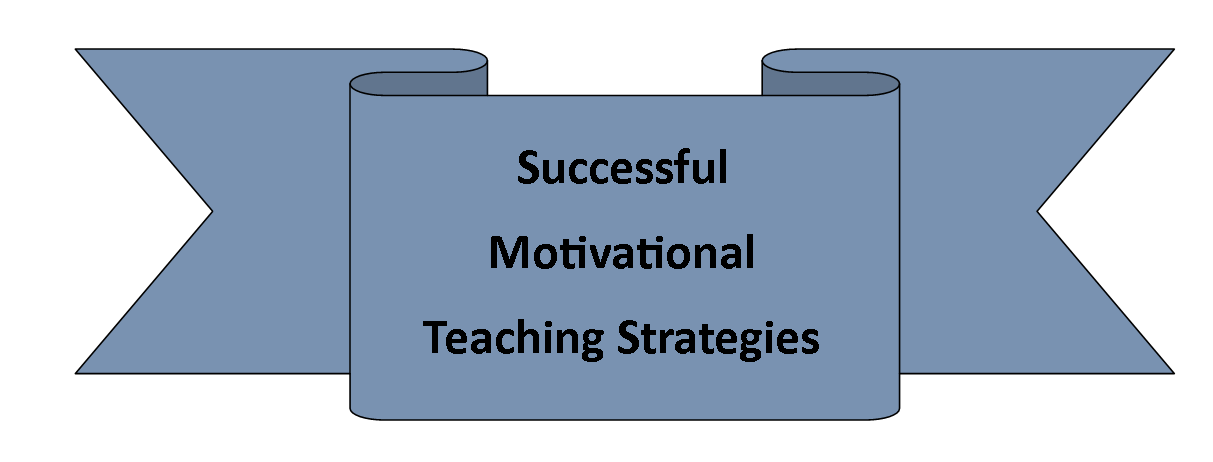
In the capstone project, specific motivational strategies have been discovered and explored for students in preschool because “learners motivation has been consistently linked to successful learning” (Clayton, Blumberg, & Auld, 2010, p. 350). It is essential that teachers present information to students in an interesting way to help them become engaged, stay attentive, and excited to learn about a topic. The more a student is motivated and involved in his/her learning, the more a child will progress in his/her knowledge and critical thinking skills. Therefore, the capstone project was conducted in a preschool program that serves over one thousand students in Bridgeport, Connecticut to research how motivational strategies that teachers use can positively impact students’ learning in preschool. Seventeen teachers in the preschool program completed two surveys that asked questions pertaining to motivational teaching strategies. Teachers were given the definition of motivation to ensure they have a clear understanding of what the word means in relation to education. One survey asked demographic information relating to the teacher’s education level and experience as well as questions pertaining to how they motivate students and why they believe the strategies they use are beneficial to increase developmental progress. A second survey asked teachers to rate specific motivational teaching strategies.
Data was collected from using “The Creative Curriculum System for Preschool, a research-based system…that offers comprehensive resources to help early childhood educators build exceptional high-quality programs” (Teaching Strategies, 2011, para. 1). Data was gathered from three Creative Curriculum checklists the teachers completed for each student in the 2012-2013 school year that assessed progress in the areas of social emotional, cognitive, language, and physical development. An outcome report was used to show the total percentages of development for each of the four areas for every class and to discover the classes that have shown the most developmental progress. The teaching strategies used in the classrooms that have shown the highest rate of developmental growth in the reports were cited as strategies that positively impact students’ learning. From the data collected, a professional development training was created, which will be presented to over two hundred teachers in the preschool program to educate them on successful motivational instructional techniques, how to implement the strategies in the classroom, and how the principles of cognitive science can be applied to help improve teaching practices and students’ developmental learning outcomes. Educators will benefit from this capstone project because they will learn specific motivational strategies that can improve students’ learning over time.
References:
Clayton, K., Blumberg, F., & Auld, D. P. (2010). The relationship between motivation, learning
strategies and choice of environment whether traditional or including an online component.
British Journal of Educational Technology, 41(3), 349-364. Retrieved from http://web.ebscohost.com/ehost/pdfviewer/pdfviewer?sid=94426b87-c16a-462b-b832-
7f1dfe11164c%40sessionmgr104&vid=6&hid=123
Teaching Strategies. (2011). The Creative Curriculum System for preschool. Retrieved from http://teachingstrategies.com/national/national-system.html
